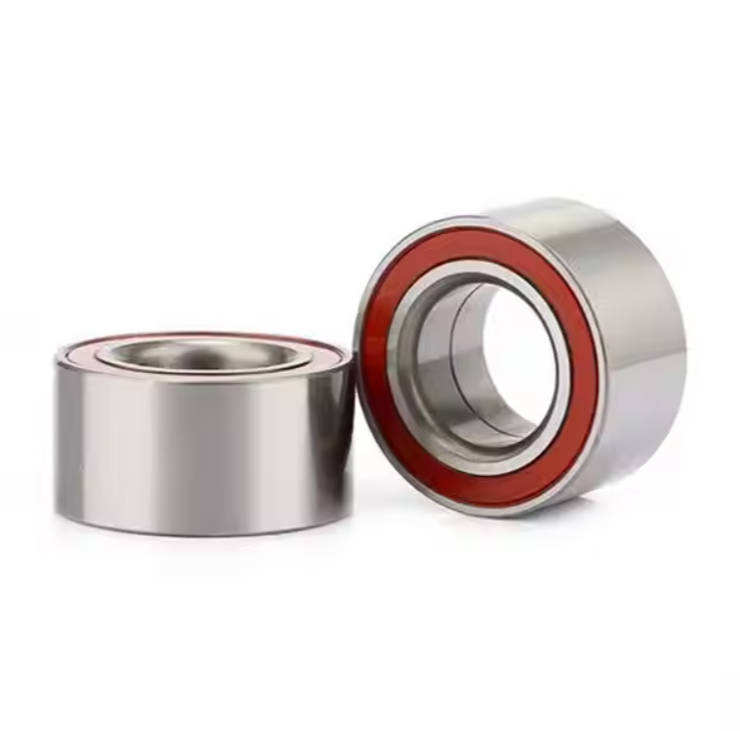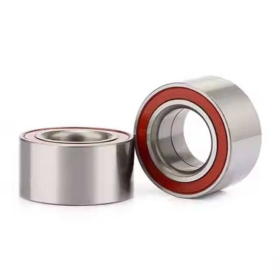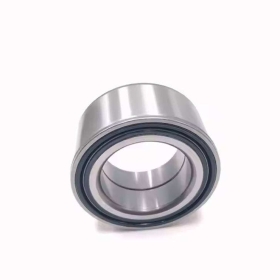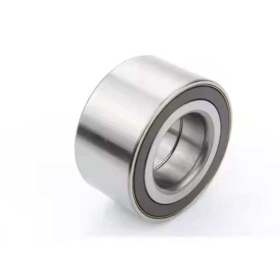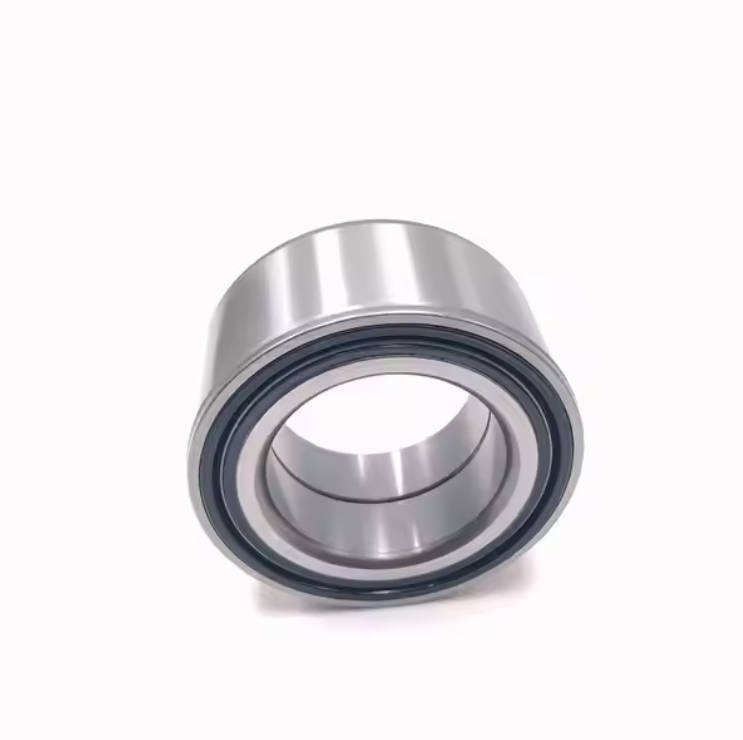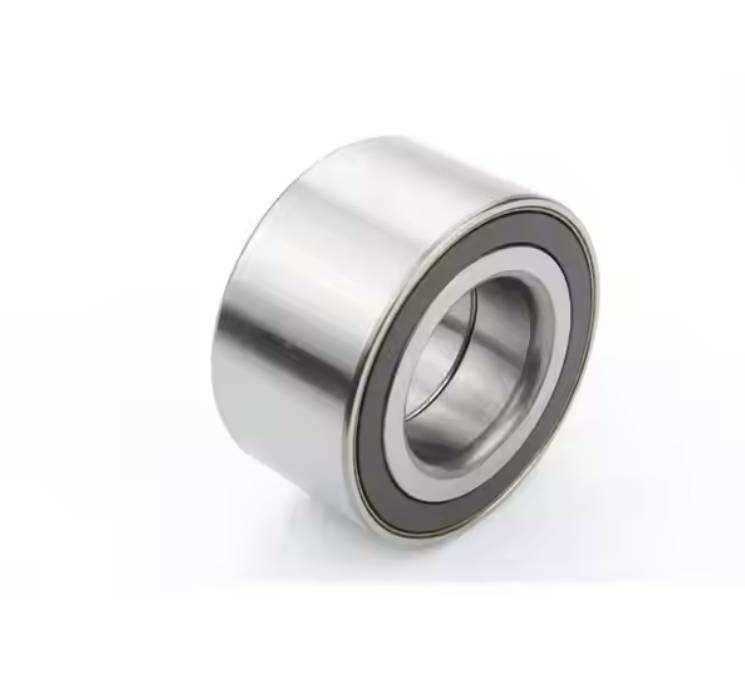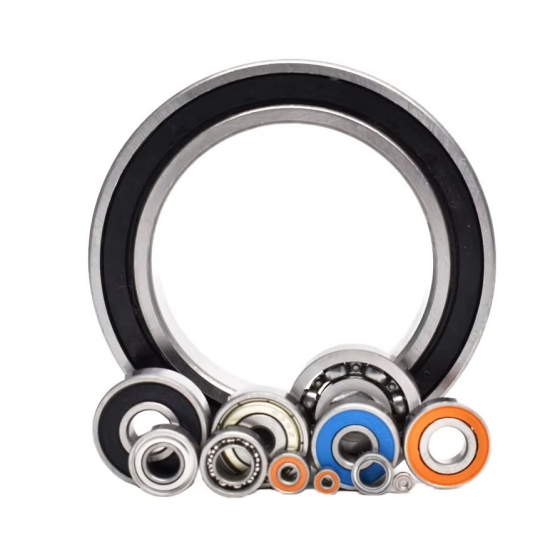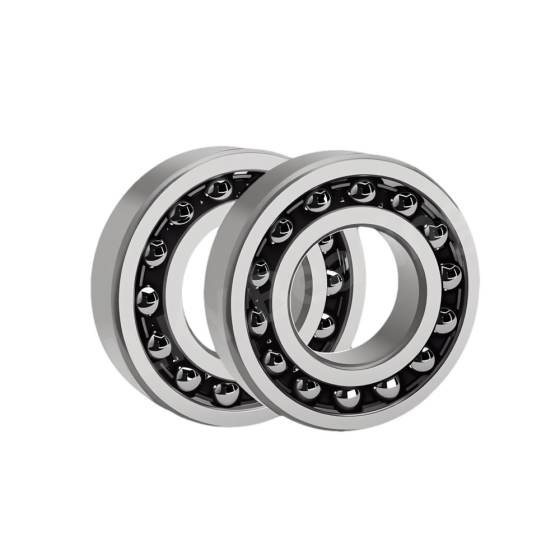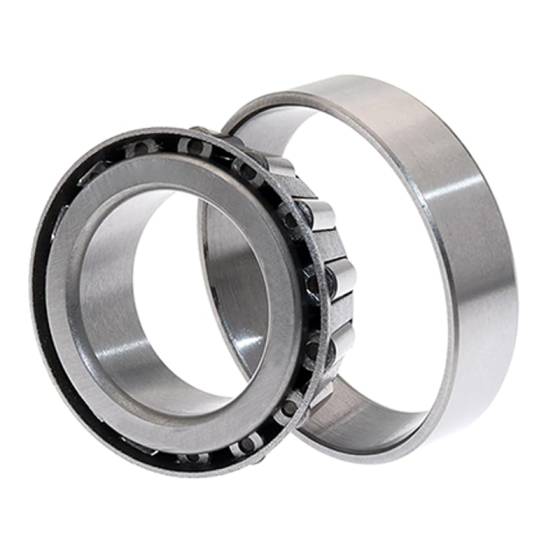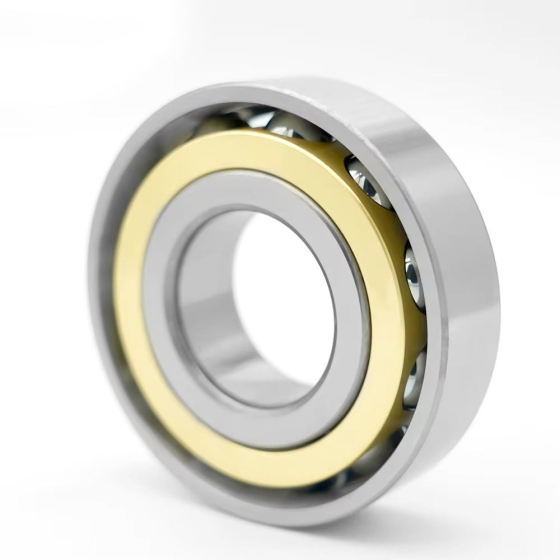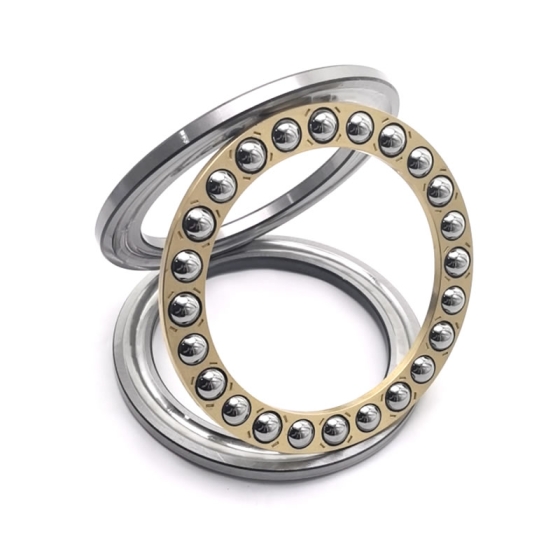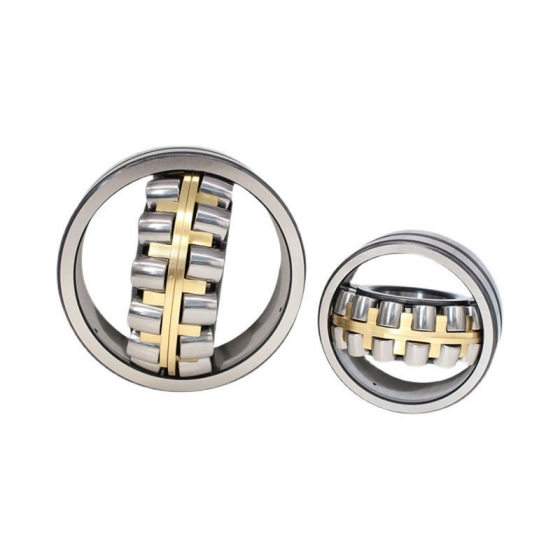The clutch bearing is a key piece in a vehicle’s clutch system. Its main function is to support and facilitate the operation of the clutch, reducing friction and wear between the system’s moving parts. During the gear-shifting process, the bearing helps maintain alignment and proper positioning of the clutch components, enabling a smoother transition and preventing sudden impacts that could damage the engine or transmission.
This component works alongside the clutch disc, pressure plate, and hydraulic or mechanical clutch system. Its design focuses on minimizing energy loss and ensuring an immediate response, which is crucial for maintaining vehicle performance and efficiency, especially in high-performance or sports vehicles.
Advancements in materials and manufacturing techniques have led to the development of high-quality clutch bearings. Traditionally, these components were made using high-strength steel, but increasing demand for greater efficiency and durability has driven the adoption of composite materials and advanced alloys.
High-precision bearings are crucial in clutch bearing manufacturing, as they allow the component to operate with minimal friction and withstand high loads. Additionally, coating technologies and thermal treatments have significantly improved wear and corrosion resistance, extending the bearing’s lifespan.
The manufacturing process involves forging, high-precision machining, and surface treatments, ensuring each component meets the automotive industry’s most rigorous standards. The integration of automated quality control systems and digital measurement technologies guarantees that each clutch bearing is produced with minimal tolerance deviations, ensuring optimal and safe performance.
 Shandong Bard Bearing Co., Ltd.
Shandong Bard Bearing Co., Ltd.

